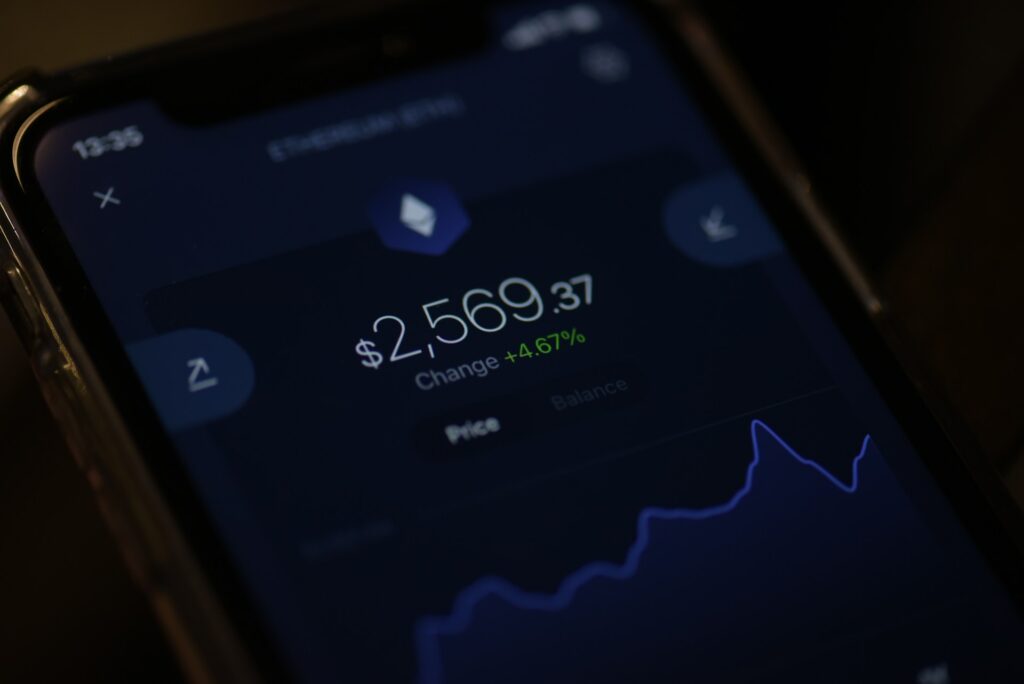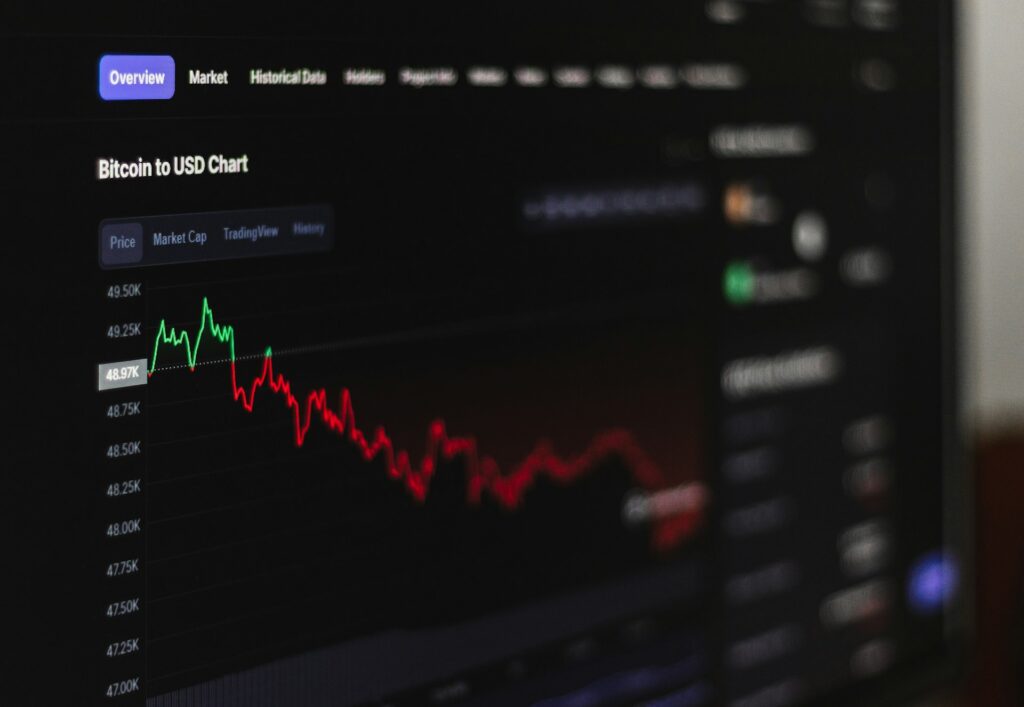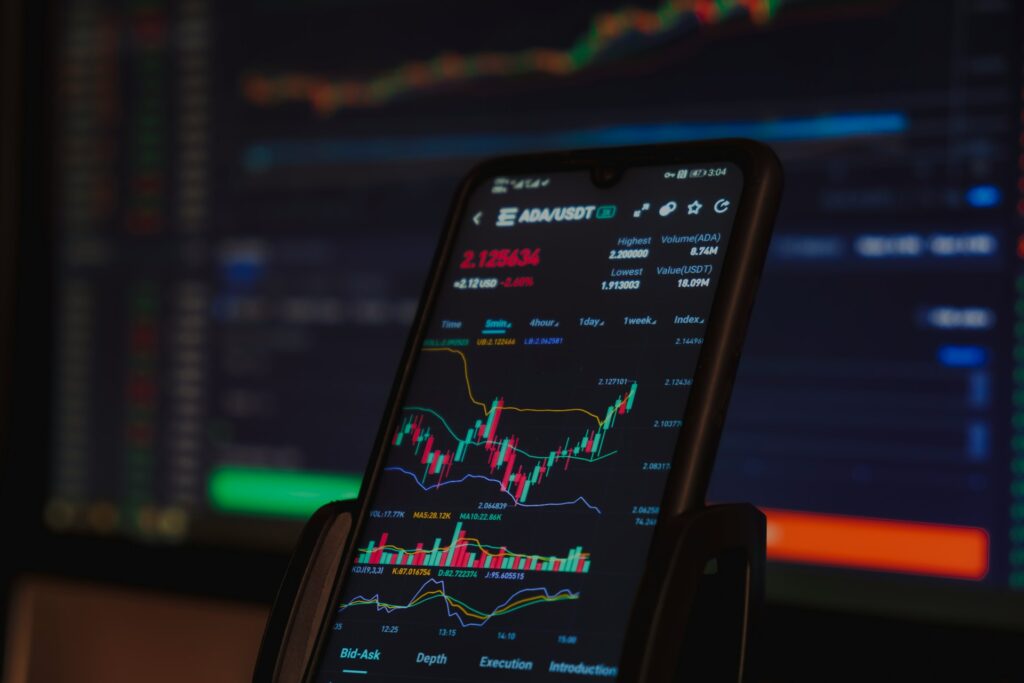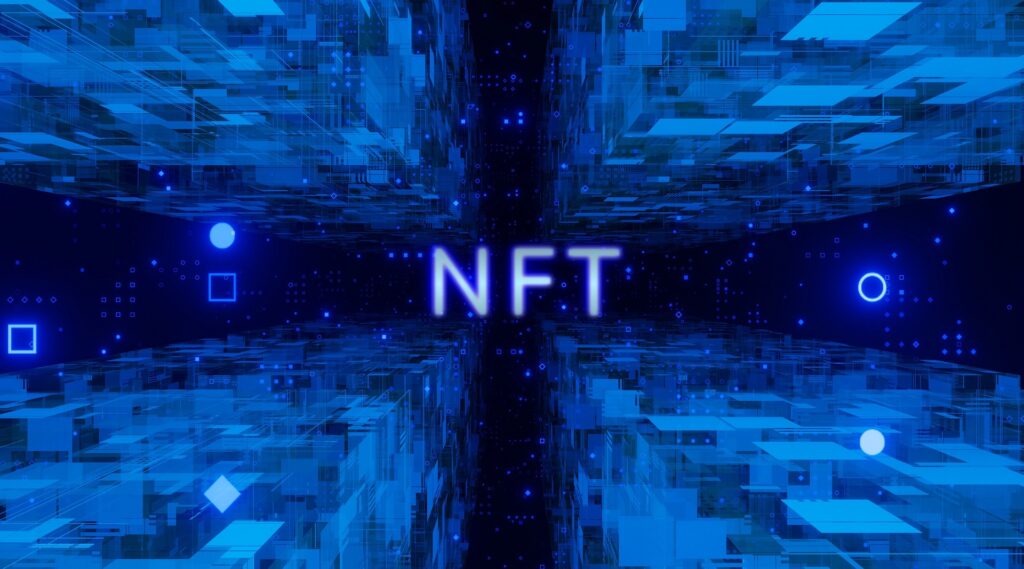When I first heard about people “mining Bitcoin,” I pictured someone in a hard hat, swinging a pickaxe at glowing digital rocks. Turns out, I wasn’t the only one with that image. A Redditor once joked that their grandma asked if they had to wear gloves while mining crypto. Honestly, back then, I didn’t really know how it worked either.
The truth is, mining Bitcoin (and many other cryptocurrencies) isn’t about physical labor. It’s about solving math problems using powerful computers. This process is called Proof of Work (PoW), and it’s one of the core ideas that made Bitcoin the secure and decentralized system it is today.
But what exactly is Proof of Work? Why does it need so much electricity? And is it still the best way to secure a blockchain? Let me break it all down in plain English.
What is Proof of Work?
Proof of Work is a consensus mechanism used by blockchains to agree on which transactions are valid. It ensures that nobody cheats the system or double-spends coins.
Here’s the basic idea: To add a new block of transactions to the blockchain, someone has to solve a very difficult puzzle. The first person to solve it gets to add the block and earn a reward (like Bitcoin). Solving this puzzle takes a lot of computing power, which is why we call it “work.”
The role of miners
People who try to solve these puzzles are called miners. They use special computers to race against each other. The more power you have, the better your chances of winning.
Once a miner solves the puzzle:
- The network checks if the solution is correct.
- If it is, the new block is added.
- The miner earns a reward (Bitcoin, for example).
It’s like a lottery, but your chances of winning depend on how many machines you run.
Why Proof of Work matters?
I once came across a Quora answer from someone who had been a miner since 2014. He described how his small mining setup in his garage grew into a warehouse full of machines. It wasn’t just about profit for him. He loved the fact that he was helping run a decentralized financial system.
That’s one of the big reasons Proof of Work is so important: it keeps the network honest and secure.
Key benefits of Proof of Work
- Security: It’s extremely hard to fake a transaction or change the blockchain. Doing so would require massive amounts of computing power.
- Decentralization: Anyone with hardware can mine. No central authority is needed.
- Proven track record: Bitcoin has used PoW since 2009 and has never been hacked.
Let’s look at a quick comparison between PoW and PoS (Proof of Stake):
| Feature | Proof of Work | Proof of Stake |
|---|---|---|
| Energy consumption | Very high | Low |
| Equipment needed | Specialized (ASICs, GPUs) | Just coins and a wallet |
| Entry cost | High | Varies |
| Speed | Slower | Faster |
| Security level | Extremely high | High |
| Risk of centralization | Mining farms dominate | Staking pools dominate |
How proof of work actually works (a simple breakdown)
If you’re not a tech person, don’t worry. I’ll keep this part easy to follow.
- New transactions are grouped into a block.
- Miners compete to solve a complex math problem.
- The problem: Find a number (called a nonce) that makes the block’s data hash start with a certain number of zeros.
- The first miner to solve it broadcasts the solution.
- Other miners verify it’s correct.
- If it is, the block is added to the blockchain.
- The winning miner gets a reward.
This process repeats every few minutes (in Bitcoin, it’s roughly every 10 minutes).
The downsides of Proof of Work:
Now here’s where things get a little controversial.
– It uses a LOT of energy
One of the biggest criticisms of Proof of Work is its energy usage. Bitcoin mining, for example, uses more electricity than some small countries. Why? Because miners are running thousands of machines 24/7, all trying to solve the same puzzle.
A Reddit user once shared that their electric bill tripled after setting up a few mining rigs at home. It was profitable during a bull market, but during a crash, they had to shut everything down to avoid going broke.
– Environmental concerns
- Mining often uses non-renewable energy in regions with cheap electricity (like coal in China or oil in Kazakhstan).
- The carbon footprint has drawn attention from governments and climate activists.
- Some blockchains have been banned or restricted in certain countries due to energy use.
Real-world examples of Proof of Work
Here are some popular cryptocurrencies that use Proof of Work:
- Bitcoin (BTC): The original PoW coin and the largest cryptocurrency.
- Litecoin (LTC): Similar to Bitcoin but faster and with different mining algorithms.
- Monero (XMR): Focuses on privacy and is ASIC-resistant.
- Dogecoin (DOGE): Started as a joke, but still uses PoW and is actively mined.
Should you still mine in 2025?
Mining used to be something you could do on your laptop. These days, it’s a bit more complicated. Let me give you a quick rundown if you’re curious about jumping in.
Pros of mining
- Earn passive crypto rewards
- Support blockchain networks
- Stay in control of your coins (no third-party risk)
Cons of mining
- High startup cost (ASICs can cost thousands of dollars)
- Massive electricity bills
- Heat and noise problems
- Profitability depends on crypto prices
If you’re still interested, here are three ways people mine today:
- At home with ASIC rigs
- Only works in places with cheap electricity.
- Mining farms
- Industrial setups, mostly in low-cost regions.
- Cloud mining
- You rent hash power from someone else. Easy, but often risky or scammy.
Is proof of work here to stay?
Proof of Work is a powerful system. It laid the foundation for Bitcoin and showed the world that decentralized digital money could actually work. It’s extremely secure, well-tested, and has a loyal base of supporters. But it’s also hard to ignore the energy cost.
As the world becomes more eco-conscious, more blockchains are moving to Proof of Stake or other consensus models. Ethereum made the switch in 2022, and that was a big moment.
Still, Bitcoin continues to run on PoW, and it’s unlikely to change anytime soon. For many, the security and reliability of PoW are worth the power bills!
What’s next?
Some projects are exploring hybrid models or green mining solutions that use renewable energy. Others are designing entirely new ways to secure blockchains without consuming as much power.
If you’re interested in how this might work, keep an eye on projects experimenting with Proof of Space, Proof of Burn, and Proof of History. The innovation in this space is far from over.
With over five years of experience in the tech industry, Kazim excels at simplifying complex topics, making them accessible to tech enthusiasts and general readers alike.
He has contributed to several renowned publications worldwide, including WindowsReport and Allthings.how, bringing insightful coverage of key developments in the field.
When he’s not writing, you’ll find Kazim planning weekend getaways or diving into tech verticals beyond his expertise.




